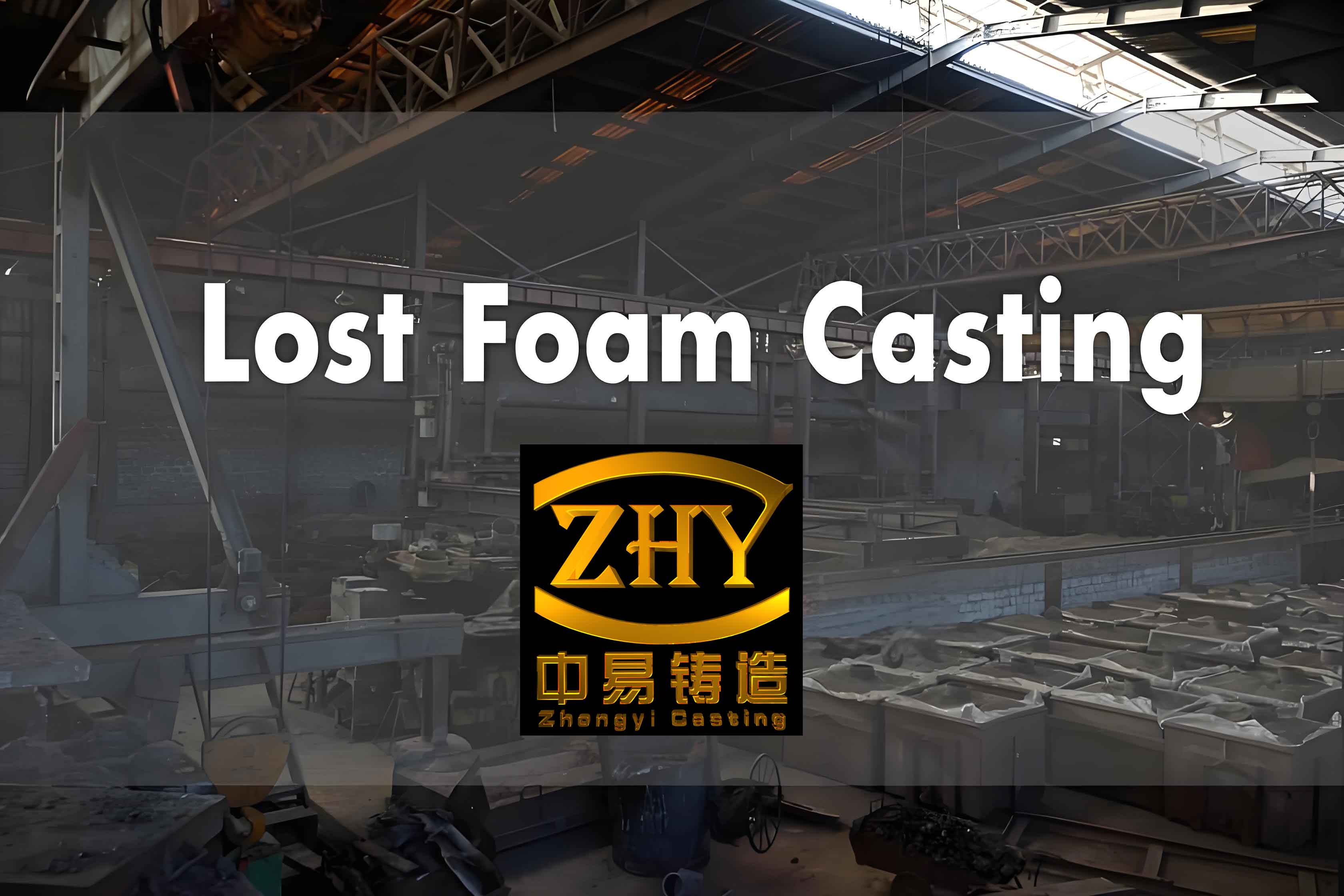
Lost foam casting is versatile casting method known for its ability to produce complex geometries with high precision. As industries demand higher quality and efficiency, the integration of advanced simulation technologies in lost foam casting has become essential for enhancing process control. This article explores the role of simulation technologies in optimizing lost foam casting, highlighting their impact on process efficiency, quality control, and defect reduction.
Introduction to Lost Foam Casting
Lost foam casting involves using a foam pattern, typically made of expandable polystyrene (EPS), which is coated with a refractory material and then surrounded by sand. The molten metal is poured into the mold, causing the foam pattern to evaporate and leaving behind a precise casting. Key advantages of lost foam casting include:
- Ability to cast intricate shapes.
- High dimensional accuracy.
- Reduced need for post-processing.
- Lower production costs.
The Role of Simulation Technologies in Lost Foam Casting
Simulation technologies play a crucial role in the optimization of the lost foam casting process. By leveraging computer-aided design (CAD), computer-aided manufacturing (CAM), and advanced simulation software, manufacturers can predict and control various aspects of the casting process, leading to improved outcomes.
Key Simulation Technologies
- Computer-Aided Design (CAD) and Computer-Aided Manufacturing (CAM)
- CAD: Used to create detailed 3D models of the casting patterns, allowing for precise control over design specifications.
- CAM: Facilitates the manufacturing of foam patterns with high accuracy, ensuring consistency and repeatability.
- Finite Element Analysis (FEA)
- Structural Analysis: Evaluates the mechanical properties and behavior of the foam pattern under various conditions.
- Thermal Analysis: Assesses the heat transfer and thermal stresses during the casting process, helping to optimize pouring temperatures and cooling rates.
- Computational Fluid Dynamics (CFD)
- Flow Simulation: Models the flow of molten metal within the mold, predicting potential issues such as turbulence, air entrapment, and incomplete filling.
- Evaporation Modeling: Simulates the evaporation of the foam pattern, ensuring complete burnout and minimizing defects.
- Process Simulation Software
- Integrated Platforms: Combines CAD, FEA, and CFD capabilities into a single platform, providing a comprehensive tool for process optimization.
- Defect Prediction: Identifies potential defects such as porosity, shrinkage, and surface roughness, allowing for preemptive adjustments.
Benefits of Advanced Simulation Technologies
Integrating advanced simulation technologies in lost foam casting offers several significant benefits:
- Enhanced Process Control: Simulation provides detailed insights into the casting process, enabling precise control over key parameters.
- Improved Quality: By predicting and mitigating defects, simulations help achieve higher quality castings with better surface finish and dimensional accuracy.
- Cost Reduction: Optimizing process parameters through simulation reduces scrap rates and rework, leading to lower production costs.
- Time Efficiency: Simulation accelerates the design and testing phase, shortening the overall production cycle.
Case Studies
Case Study 1: Automotive Engine Components
An automotive manufacturer integrated CFD and FEA simulations to optimize the lost foam casting of engine components. By simulating the flow and thermal behavior, the company achieved significant improvements in casting quality and efficiency.
| Metric | Before Simulation Integration | After Simulation Integration |
|---|---|---|
| Surface Roughness | 12 µm | 8 µm |
| Dimensional Accuracy | ±0.5 mm | ±0.3 mm |
| Defect Rate | 6% | 3% |
| Production Cycle Time | 10 days | 7 days |
Case Study 2: Aerospace Turbine Blades
An aerospace firm used integrated simulation platforms to optimize the casting of turbine blades. The simulations helped identify and eliminate potential defects, resulting in enhanced performance and reliability of the cast components.
| Metric | Before Simulation Integration | After Simulation Integration |
|---|---|---|
| Defect Rate | 7% | 2% |
| Dimensional Tolerance | ±0.4 mm | ±0.2 mm |
| Production Efficiency | 80% | 90% |
| Cooling Time | 12 hours | 8 hours |
Future Directions in Simulation for Lost Foam Casting
The future of simulation technologies in lost foam casting holds exciting possibilities:
- Artificial Intelligence and Machine Learning
- Predictive Analytics: Using AI to predict and optimize casting outcomes based on historical data and real-time inputs.
- Adaptive Control: Implementing machine learning algorithms to continuously adjust process parameters for optimal performance.
- Digital Twins
- Real-Time Simulation: Creating digital replicas of the casting process to monitor and optimize performance in real time.
- Predictive Maintenance: Using digital twins to foresee and prevent equipment failures, reducing downtime and maintenance costs.
- Cloud-Based Simulation Platforms
- Scalability: Leveraging cloud computing to handle complex simulations with greater speed and efficiency.
- Collaboration: Enabling remote collaboration and data sharing among global teams for enhanced process development.
Conclusion
Integrating advanced simulation technologies in lost foam casting is transforming the industry by enhancing process control, improving quality, and reducing costs. By leveraging CAD, FEA, CFD, and comprehensive process simulation software, manufacturers can predict and mitigate defects, optimize process parameters, and achieve superior casting outcomes. The future of lost foam casting lies in further advancements in AI, digital twins, and cloud-based platforms, which promise to bring even greater efficiency and innovation to this critical manufacturing process.
